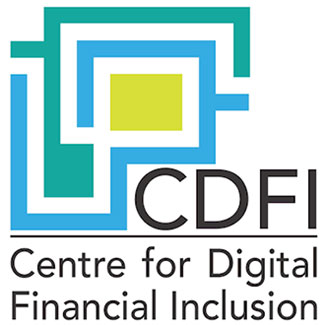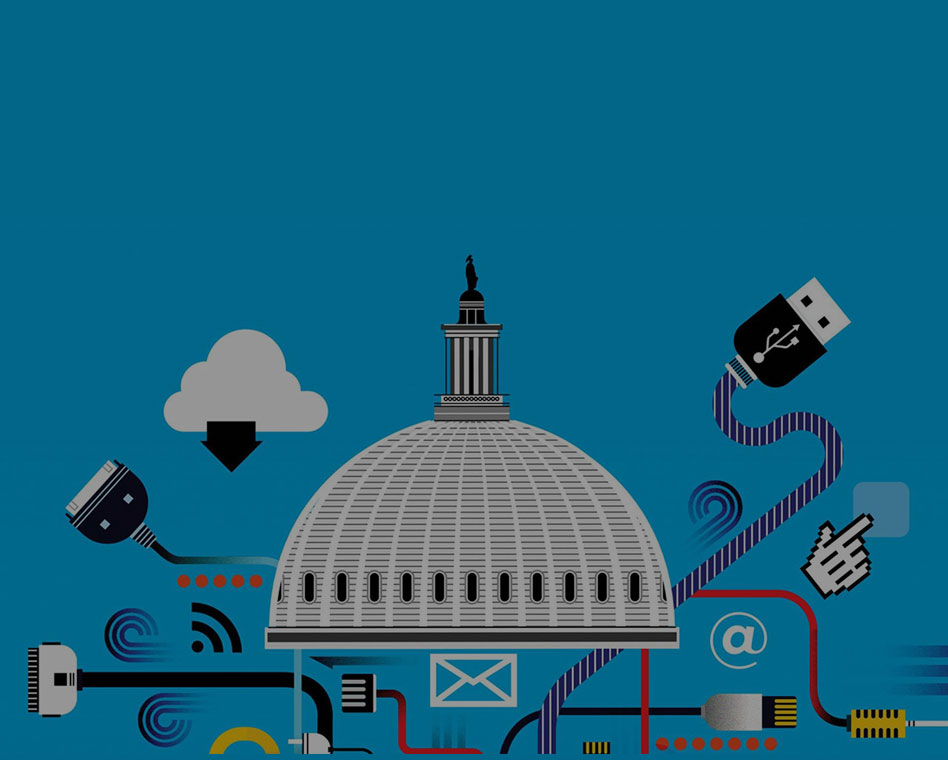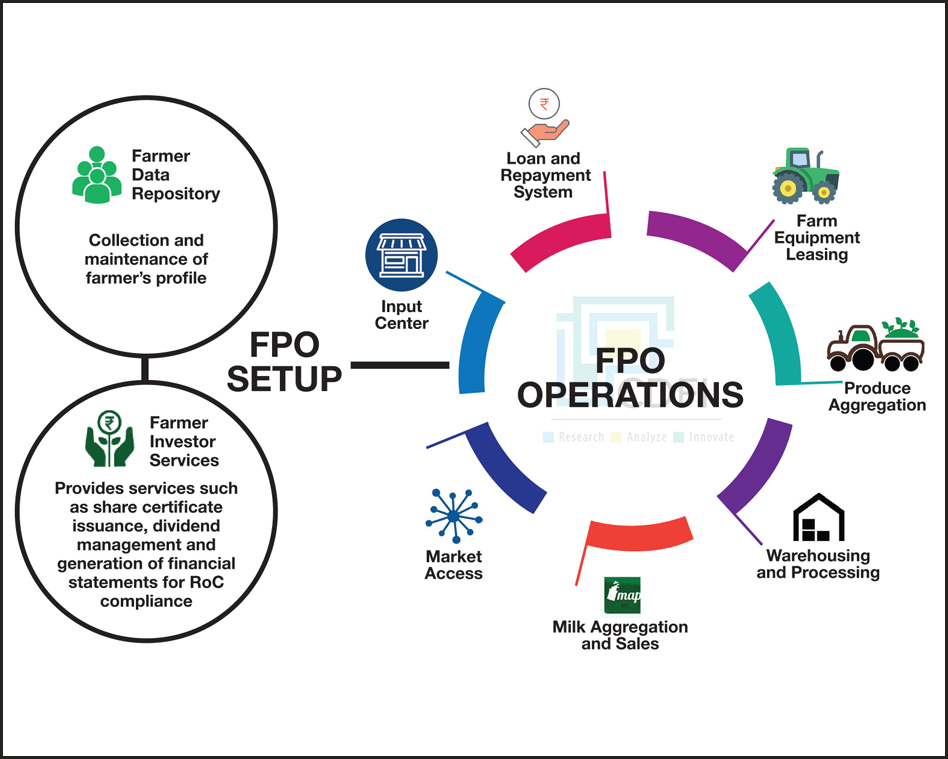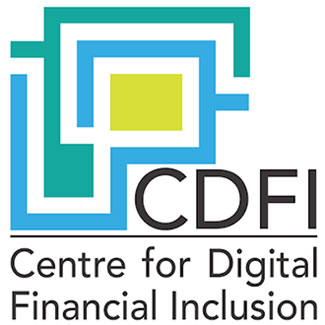
Sep 20 2017
Enabling Innovation and Innovators

By creating policy frameworks to allow private and non-profit players to partner and provide value added services, the role of government shifts to that of an enabler and a facilitator.
Innovation and technology have been seen to help solve the most complicated and challenging problems, including social and economic problems affecting a country. In recent years, Governments (State and Central) have been looking at enabling large scale changes in their systems in a cost-effective manner that will help the poor and undeserved to get their due benefits.
The only way that Governments can achieve this goal in a short time-frame is by being cost-effective and innovative. Governments tend to leverage technology as a key strategic vehicle for meeting their developmental agenda. It is here that innovation holds the key as it is both required and being sought in terms of technology evolution, (identifying, customising and developing the appropriate technology), as well as in the overall administration/ implementation processes.
However, the RFP process being followed is structured in a way that it defines the conditions required for a firm to participate. This structuring limits the kind of innovation, government is opening up in the market. However, it is a positive sign that both Central and State Governments have begun the process of moving from following best practices to devising and setting rules for making available the next best practice by leveraging a robust technology ecosystem in place.
Innovation in a disruptive ecosystem
As a result of this, India is brimming with start-ups and innovative social enterprises. All this has caused Government to explore fresh ideas and experiment with innovations in existing government systems. Innovation in a disruptive ecosystem requires them to be open to everyone so that they are in a position to engage and bring out low-cost solutions.
There is, in fact, a paradigm shift in the way Government and public sectors are being supported by not only large enterprises but also smaller innovation-driven organisations. While Government does provide the most appropriate platform for such organisations to roll out high impact innovation solutions, the lack of connect with the government often acts as a major roadblock.
What is required is a system that defines architecture, standards and guidelines for the Government to benefit from continuous innovations by these smaller entities.
When it comes to scaling up of their innovations, there needs to be an active participation of the government in the process. This could be through the formation of certain dedicated entities or new institutions that can take up the ownership of the process involved. Small innovations in large numbers across the country in every sector especially the IT sector could result in snowballing the pace with which the developmental goals of the country are met. By creating policy frameworks to allow private and non-profit players to partner and provide value-added services, the role of government shifts to that of an enabler and facilitator. Hence an organisational restructuring where Central and State governments are stakeholders for scaling up of innovations will take it farther than a technological gimmick.
Facilitating participation of external agencies
The end vision is to facilitate such a participation of external agencies and create a cadre of Innovation and Development Support Agencies which would support Government bodies in conceptualisation and implementation of innovation solutions. The empanelment of such agencies can easily be carried out by individual institutions based on their specific requirements with higher weightage given to factors such as talent pool housed by the organisation, the innovative ideas they bring to the table, and their expertise in the sector rather than traditional parameters of empanelment which are currently being used.
While steps such as public policy deliberations and inviting experts in the formulation/pilot stage of policies have already been initiated, but sometimes these take a backseat when availability of time puts a restrain. Having said that, it is an important exercise that needs to be accepted and adapted into the policy formulation process because integrating efforts in the conceptualisation phase can save enormous amounts of time, money and resources, while producing better results.
These are only two of the many ways in which Governments can expand and strengthen their developmental initiatives and create avenues for absorbing fresh ideas from academia and research institutions.
The trend of participatory government is here to stay, and it is time some innovative ideas are explored by policy makers to support innovations and innovators in the country. The question that arises is - who should take the initiative to bring about this change? Is it the responsibility of individual government institutions or central bodies such as National Innovation Foundation to take this forward or does the onus lie on innovators?
We shall explore some solutions in future blogs and would also like to invite ideas from our readers regarding the same.
(This blog has been created on inputs gathered in two events:- i) Panel discussion carried out on the occasion of CDFI’s 2-year anniversary event ‘Together Towards Tomorrow’, held on 28th September, 2016; ii) Views shared by Mr. Krishnan Dharmarajan’s at a panel on ‘Leveraging Disruptions in Technology Landscape for Improved Government Service Delivery’ held at 10th ICEGOV Conference, New Delhi, 2017.)
Recent Posts





